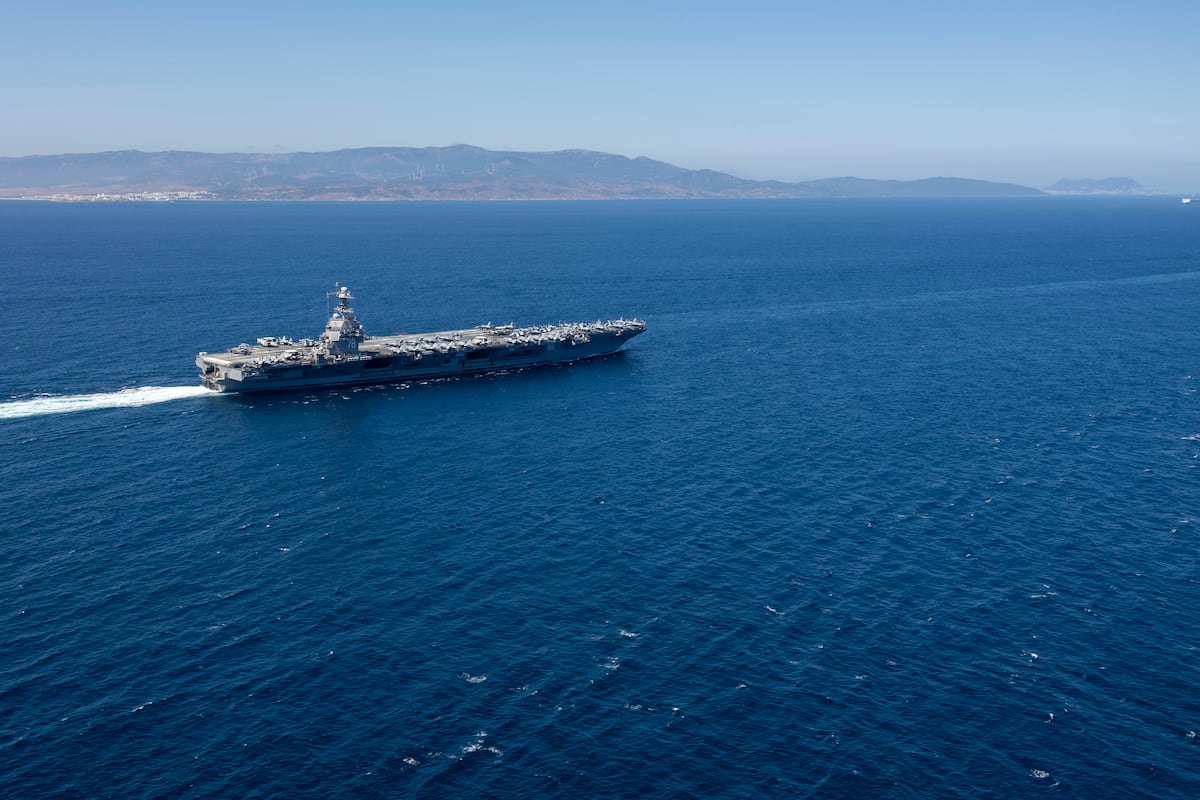One of the last remaining Tuskegee World War II veterans dies at 100

Retired Lt. Col. Harry Stewart, Jr., one of World War II’s few remaining members of the original Tuskegee Airmen, died peacefully in his home in Michigan on Sunday, the Tuskegee Airmen National Historical Museum confirmed. He was 100.
Stewart was one of two surviving combat pilots from the World War II-era 332nd Fighter Group, a segregated all-Black wing of the United States Army Air Force.
“We are deeply saddened by his passing and extend our condolences to his family and friends around the world,” said Brian Smith, the president and CEO of the Tuskegee Airmen National Historical Museum in Detroit. “Harry Stewart was a kind man of profound character and accomplishment with a distinguished career of service he continued long after fighting for our country in World War II.”
Born on July 4, 1924, in Newport News, Virginia, Stewart was among the first 1,007 Black Army pilots in the 1940s who were trained at the segregated Tuskegee Army Airfield in Alabama.
From childhood, Stewart took a keen interest in flying. After moving to Queens, New York, with his family at the age of two, a young Stewart “used to walk over to the airport as a kid and hang out near the fence there and watch the planes take off and land and fantasize about my being the pilot of that aircraft flying people to different places,” Stewart recalled during a Veterans Breakfast Club podcast. “Then later when WWII was about to start, there was a squadron or company of P-39s Airacobras that was stationed there, and I took a big interest in that.”
Despite a bout of polio as a child that left his right calf partially paralyzed, at 18 Stewart enlisted and was accepted into the Army Air Corps in 1943, before receiving his wings in June 1944. Assigned to the 301st Fighter Squadron of the 332nd Fighter Group — known famously as the “Red Tails” for their plane’s distinctive coloring — Stewart’s Fighter Group was among the few assigned to active combat duty.
“When the Army Air Corps said that they would recant and they would build a field, but it would have to be just for the Negro trainees there, I was willing to accept that in order to go ahead and get my wings,” Stewart told Friends of the National World War II Memorial in a 2024 interview. “That was the prize as far as I was concerned. I was frankly willing to do anything to go ahead and get my wings.
“That’s not also to say that I didn’t have a strong streak of patriotism. I was a patriot, but I was also willing to turn my face the other way when it came to segregated training.”
During the war Stewart would fly an incredible 43 missions, earning an Air Medal and a Distinguished Flying Cross for bravery while escorting U.S. bombers over occupied Europe.
One of Stewart’s more memorable missions came on April 1, 1945, when he shot down three German aircraft in a single day. He became just one of four Tuskegee Airmen to achieve such a feat.
In his book, “Soaring to Glory: A Tuskegee Airman’s Firsthand Account of World War II,” Stewart recounted that he, along with seven others, were escorting a B-24 formation near Linz, Germany, after a succession mission to attack the marshaling yards at St. Pölten, Austria, when they encountered several German Focke-Wulf Fw-190s.
“I remember the excitement. … The thing about it was there were seven of us who were flying along, and we were on what’s known as a fighter sweep and we were going around the Daube around one of the towns there, and I saw these two fighters in formation,” Steward told the Friends.
While he wasn’t initially the lead, he soon became the point man and in quick succession took out two enemy aircraft.
However, after taking a slight turn Stewart heard yelling.
“He’s on your tail.”
The third and final Focke-Wulf had maneuvered behind the fighter pilot. Pulling all sorts of “tricks” Stewart aimed the nose of his plane down, spiraling towards earth, he recalled. The Luftwaffe pilot followed suit but had overcontrolled and quickly spun out, crashing to the ground. Stewart managed to pull out of the dive and was credited with his third and final kill.
After the war, Stewart earned a mechanical engineering degree from New York University but did not stop flying, becoming one of four pilots who formed a team from the 332nd Fighter Group to compete in the first ever “Top Gun” Weapons contest trophy at Nellis Air Force Base near Las Vegas, Nevada, in May 1949.
Stewart and the Tuskegee crew flew P-47s and defeated pilots flying more modern jets.
When asked about the Tuskegee legacy, Stewart implored, “I hope they remember when they hire a pilot or an astronaut … or hire a person in any endeavor that not heretofore been open to a Black is that they give that person their due consideration. Not based on their color but based on what they know and what they can contribute.”
Of the original 355 Tuskegee Airmen who flew in World War II, only Lt. Col. George Hardy remains today.
Claire Barrett is the Strategic Operations Editor for Sightline Media and a World War II researcher with an unparalleled affinity for Sir Winston Churchill and Michigan football.







